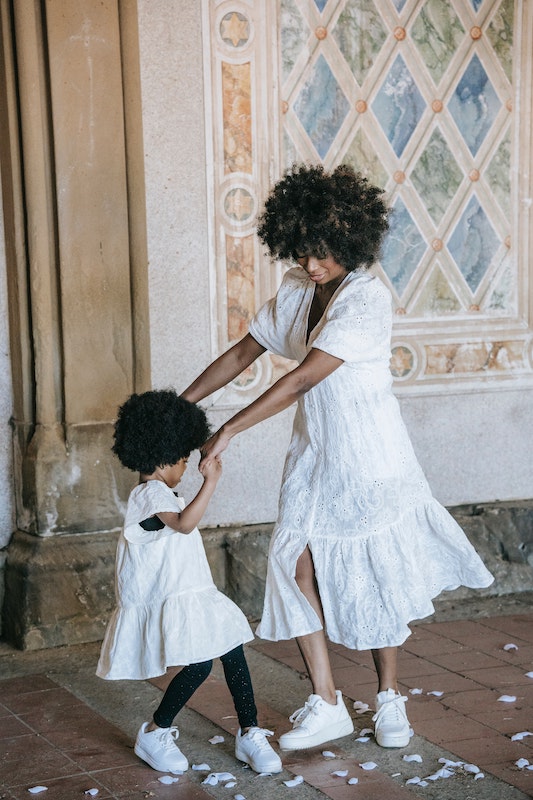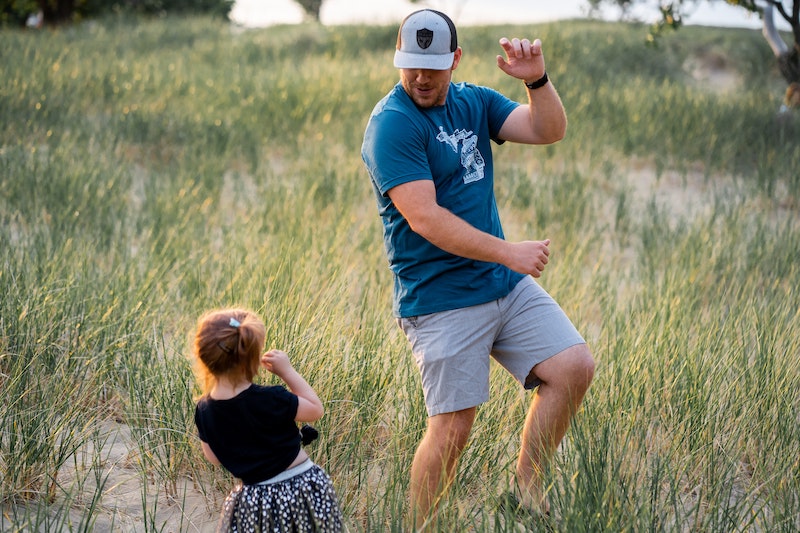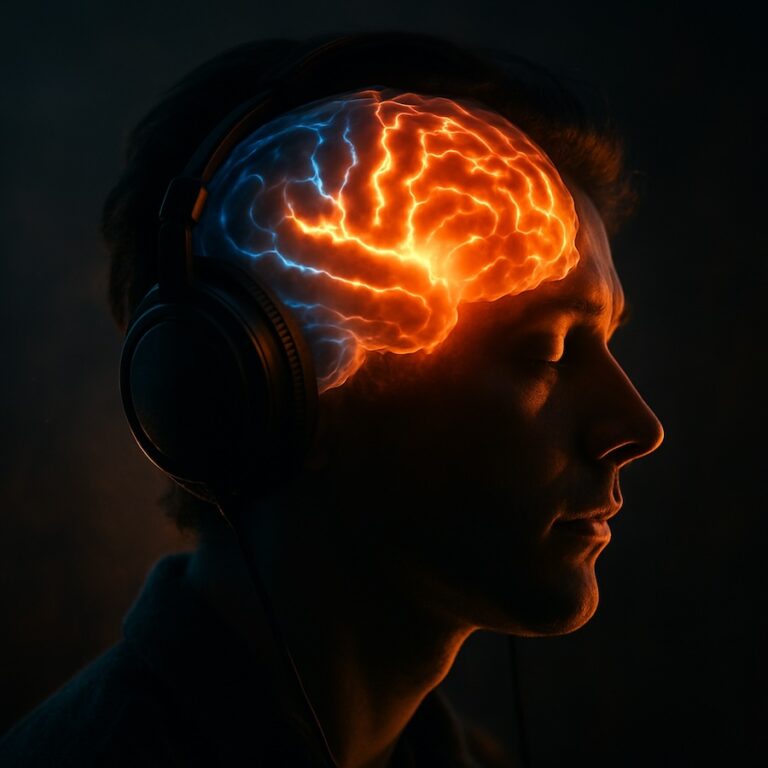Dancing with Your Children: Building Strong Relationships and Promoting Development
Discover how dancing with your children can strengthen bonds and boost their cognitive, emotional, and physical growth
Dancing with your children can be a fun and meaningful way to bond with them while promoting their social, emotional, and physical development. This simple yet powerful activity creates lasting memories and helps children develop essential skills that benefit them throughout life. In today’s busy world, dancing offers a perfect opportunity for parents and children to connect, express themselves, and grow together.

Dancing creates joyful memories and strengthens the parent-child bond
The Science Behind Dancing with Your Children
Recent scientific research has revealed that dancing with children triggers multiple developmental benefits. When children dance, they engage in an activity that simultaneously stimulates their brains and bodies. According to studies published in neuroscience journals, dance activates several brain regions involved in emotional regulation, spatial awareness, and memory formation.
A 2022 study in the journal “Early Childhood Research Quarterly” found that children who regularly engaged in dance activities with parents showed improved executive function—the cognitive processes responsible for focus, working memory, and self-control. Dancing also releases endorphins and dopamine, creating positive associations with physical activity and emotional expression.
Physical Development Benefits

Dancing helps children develop gross motor skills and coordination that are essential for their physical growth. Through dance, children learn to:
- Develop better balance and spatial awareness
- Improve coordination between different parts of their body
- Increase flexibility, strength, and endurance
- Refine both gross motor skills (jumping, twirling) and fine motor control
- Establish healthy habits and associations with physical activity
These physical benefits lay a foundation for lifelong wellness and physical confidence. Even simple dance movements help children become more aware of their bodies and how they move through space, a crucial developmental milestone.
Emotional and Social Development
Beyond the physical benefits, dancing fosters emotional intelligence and social skills that are vital for children’s development. When children dance with parents, they experience:
“Dance allows children to express emotions they may not yet have words for, creating a bridge for emotional communication between parent and child.”
Dancing helps children understand and manage their emotions while developing essential social skills. Through dance, they learn to:
- Express emotions in a healthy, constructive way
- Build confidence and positive self-image
- Develop non-verbal communication skills
- Practice taking turns and following social cues
- Experience the joy of shared activities
These emotional and social benefits provide children with tools they’ll use throughout their lives in various relationships and situations.
Cognitive Development and Learning

Dancing enhances cognitive development through rhythm, patterns, and creative expression
Dance is a powerful cognitive development tool that enhances learning across multiple domains. When children engage in dance activities, they’re developing:
- Pattern recognition through rhythmic movements
- Improved memory by learning and repeating dance sequences
- Enhanced creativity and problem-solving skills
- Better concentration and listening skills
- Spatial awareness and directional concepts
Research has shown that children who regularly participate in dance activities often demonstrate advances in mathematical thinking, language development, and creative problem-solving compared to their peers.
Special Benefits for Father-Child Bonding
For fathers in particular, dancing with children offers unique bonding opportunities. In a society where traditional gender roles are evolving, dance provides fathers with a meaningful way to connect with their children through:
- Creating shared physical experiences that foster trust and security
- Providing opportunities for playful, non-verbal communication
- Breaking down stereotypes about gender and expression
- Building memories and traditions unique to the father-child relationship
- Developing comfort with physical affection and emotional expression
Many fathers report that dance activities with their children help them develop more nuanced emotional connections while providing fun, physical play that both parent and child enjoy.
Dance Games and Activities for 2025
Ready to start dancing with your children? Here are some engaging dance activities perfect for parents and children in 2025:
- Just Dance Family Sessions: The popular Just Dance 2025 Edition includes special family-friendly songs and simplified choreography perfect for parent-child dancing. The game’s “Family Mode” offers adaptive difficulty that makes it enjoyable for all ages.
- Dance Story Adventures: Create a story and dance it out together. Take turns adding elements to your tale and creating movements to represent different characters or events. This imaginative exercise fosters creativity while building narrative skills.
- Cultural Dance Exploration: Each week, learn about dances from different cultures around the world. Use online resources to discover simple steps from various traditions, helping children develop cultural appreciation and diversity awareness.
- Freeze Dance with a Twist: The classic game now has AR enhancements through smartphone apps that project colorful patterns when the music stops, adding an exciting visual element to this traditional favorite.
- Mirror Dancing: Face each other and take turns being the leader and follower. This simple activity builds focus, observation skills, and connection while being accessible to children of all ages and abilities.
Tips for Successful Dancing with Children
To make the most of your dance experiences with your children, consider these practical tips:
- Keep sessions short and age-appropriate—5-15 minutes for younger children
- Let children take the lead sometimes, following their creative movements
- Focus on fun rather than perfect execution of steps
- Incorporate props like scarves, ribbons, or soft toys to enhance creativity
- Create a judgment-free zone where all expressions are welcomed
- Choose music that appeals to both you and your child
- Establish a regular dance time to create a comforting routine
Remember that the goal isn’t to create perfect dancers but to foster connection, joy, and healthy development through shared movement experiences.
Quick Navigation
Top Benefits of Dancing with Children
- Builds stronger parent-child bonds through shared experience
- Enhances cognitive development through rhythm and patterns
- Develops coordination, balance, and motor skills
- Fosters emotional expression and social confidence
- Creates joyful memories that last a lifetime
Featured Playlist
Did You Know?
A Harvard Medical School study found that dancing can improve brain function even more effectively than other forms of exercise because it combines cognitive exertion, coordination, balance, and social interaction—all beneficial elements for brain health that can be shared between parent and child during dance activities.
You May Also Like
Music at 432 Hz: Natural Harmony and Wellbeing
Discover the frequency that resonates with nature and promotes inner harmony, relaxation, and emotional balance.
What Music is Most Suitable for Driving
Find the perfect soundtrack for your journey with our guide to the best music for driving and road trips.
Famous French Songs: A Comprehensive Guide
Explore the most iconic French songs from classic chanson to contemporary hits that have shaped musical history.




